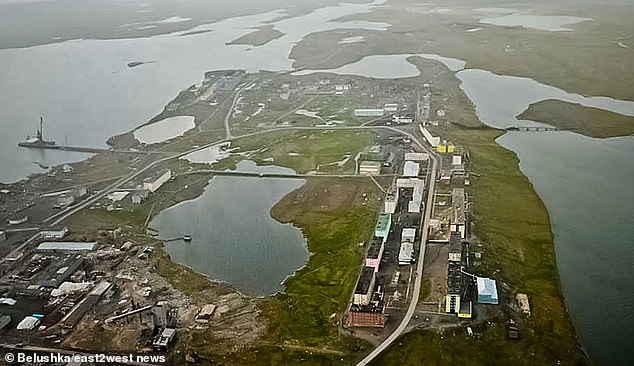Traces of radioactive caesium-137 have been detected along Norway’s border with Russia, it emerged today.
Radiation levels are “clearly” higher than normal, officials said, and the cause of the mysterious spike is unknown.
One fear is that this could be linked to Russia’s Pankovo test site for the Burevestnik (a nuclear-powered, nuclear-armed cruise missile) on the Novaya Zemlya archipelago.
The experimental weapon, dubbed Vladimir Putin’s “flying Chernobyl,” is intended to be able to stay aloft for days or even weeks as it probes weaknesses in Western defenses.
However, there may be other reasons for the radioactive spike, the report says. Barents Observer.
The Russian Pankovo test site for the Burevestnik, a nuclear-powered cruise missile, is located on the Novaya Zemlya archipelago (overview)
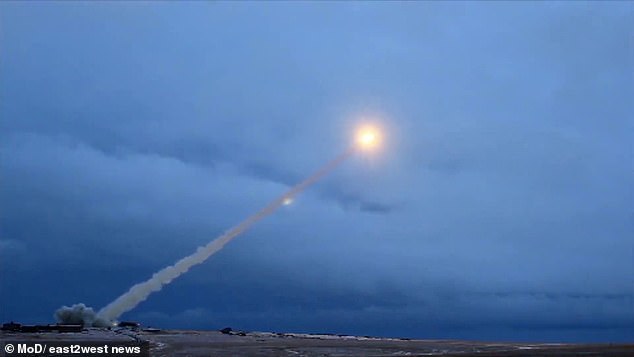
In 2019, the Russian state news agency published a video purportedly showing a test of the Burevestnik missile (pictured)
The Norwegian Radiation and Nuclear Safety Authority (DSA) confirmed that the levels are above normal, but still “very low.”.
“The levels are clearly higher than normal, but they do not pose any risk to humans or the environment,” said Bredo Møller from the DSA’s emergency preparedness unit in Svanhovd.
Radioactive cesium-137 appeared between September 9 and 12.
Norway shares a 195-kilometre border inside the Arctic Circle with Russia’s highly militarised Murmansk region.
The media outlet noted that top-secret activity has been taking place at the Burevestnik test site in recent weeks.
‘There are no official reports that the Burevestnik is being tested, but indications can be seen by studying daily updated satellite images of the Arctic archipelago.
‘The Barents Observer has seen several cargo ships and special vessels in the waters off Pankovo over the summer and over the past few weeks, Rosatom’s two large Il-76 transport aircraft have been periodically parked at Rogachevo airport on Novaya Zemlya.
‘The blue-coloured aircraft are believed to be carrying out operations related to the Burevestnik tests.’
However, there are also “a few nuclear-powered icebreakers” moored around Murmansk, Putin’s Arctic capital, and numerous submarine-powered maritime reactors in the region, home to Russia’s Northern Fleet.
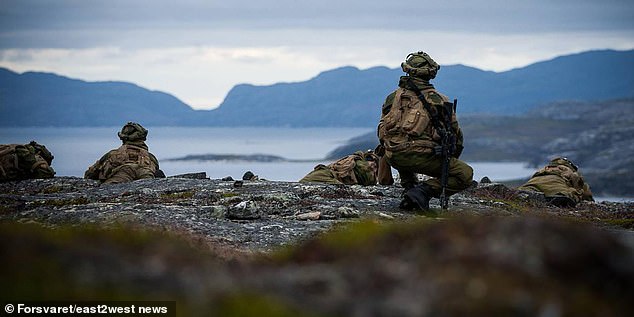
File image shows Norwegian soldiers near the border with Russia
The Viksjøfjell and Svanhovd filters in Norway, near the border with Russia, are tested once a week.
The amount of cesium detected so far “does not pose any risk to humans or the environment.”
The Observer reported that “such releases are unlikely to come from a naval reactor operating at sea.”
‘Small leaks of cesium-137 are most likely to occur during reactor startup or maintenance, or during handling of spent nuclear fuel.’
More than a dozen tests of the Burevestnik are believed to have failed.
A test in 2019 resulted in the deaths of seven people who tried to rescue the crashed top-secret missile.
Putin called them “national heroes” without explaining the details of their deaths.
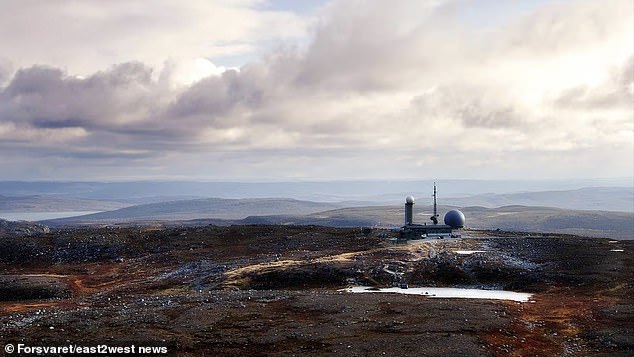
The Viksjøfjell and Svanhovd filters in Norway, near the Russian border, are tested once a week (overview)
The Burevestnik is seen by the Russian dictator as a revolutionary and “apocalyptic” weapon with unlimited range.
The Kremlin considers it a “stealthy” low-flying cruise missile, incapable of being intercepted by existing Western air defenses and unable to deliver nuclear warheads anywhere in the world.
Putin has called it “a radically new type of weapon” with “unlimited range and unlimited maneuverability.”
A report by the Nuclear Threat Initiative, a nonprofit arms control group, said Russia had conducted 13 known tests between 2017 and 2019, all of which were unsuccessful.
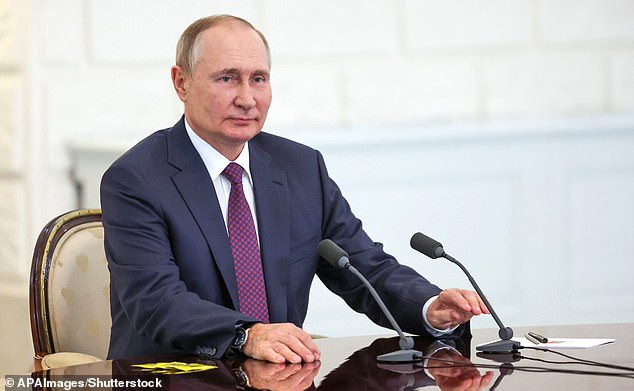
In 2019, a test led to the deaths of seven people who tried to rescue the top-secret missile that crashed. Putin called them “national heroes” without explaining the details of their deaths.
Putin unveiled the weapon in 2018, one of five innovative missile systems he said were superior to Western models.
According to the Moscow Times, the Burevestnik had been nicknamed the “flying Chernobyl.”
“Previous launch attempts ended without success,” the outlet said.
‘According to US intelligence, the rocket never managed to fly more than 35 kilometres (22 miles), its longest flight lasting just two minutes.’
The seven who died in 2019 were all from Sarov, a closed nuclear city that foreigners are not allowed to enter.
The missile is believed to be launched by a solid-fuel rocket motor.
A small nuclear reactor is then activated in flight, potentially allowing it to remain airborne threatening Western countries almost indefinitely.


